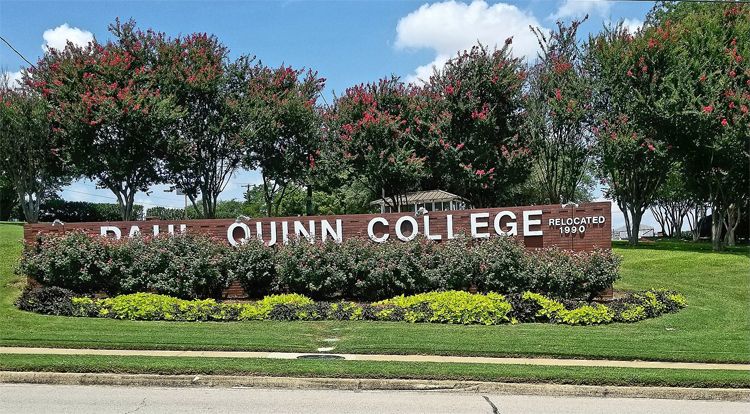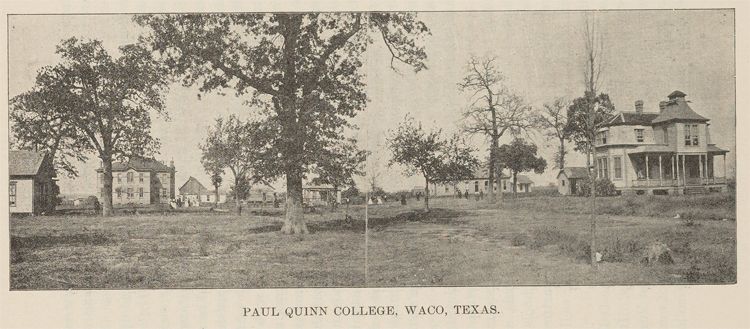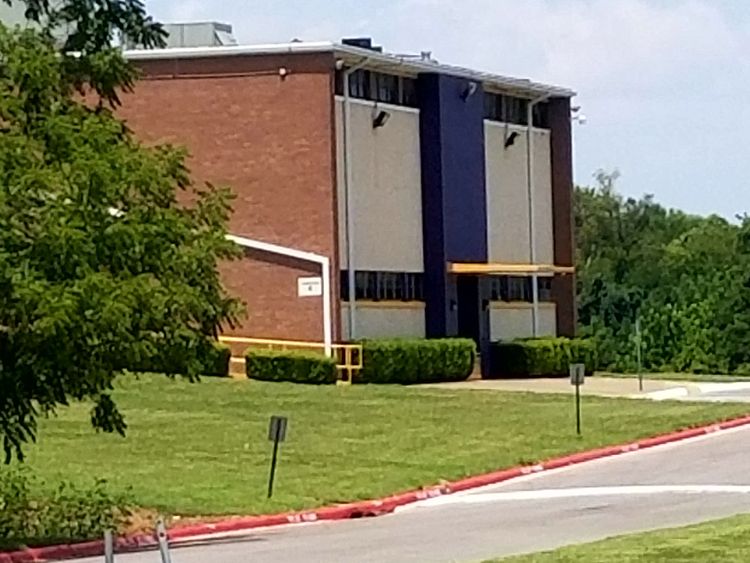Paul Quinn College was founded by African Methodist Episcopal preachers in 1872 in Texas and is considered west of Mississippi’s oldest historically black college. Initially established to provide quality education to former slaves and their children. Today, the institution now serves all students from all ethnicities and socioeconomic statuses. Guided by the culture “WE Over Me,” the college promotes student development from all facets, from academic, social, and faith, and mold them to be servant leaders and catalysts of change, inculcating them the principles of community engagement, discipline, and remarkable character.
History of Paul Quinn College
Preachers from African Methodist Episcopal Church established the Connectional School for the Education of Negro Youth on April 4, 1872, in Austin, Texas, to educate freed slaves. Five years later, the College transferred to Waco, Texas, and changed its name to Waco College. Its first campus was a modest building situated at Mary Avenue and Eight Street, where former slaves were taught skills, such as carpentry, saddle work, blacksmithing, and tanning. After further funding was secured, it moved to Elm Street in 1881 and was again renamed, but this time was honoring Bishop William Paul Quinn, a Methodist missionary.
Under the supervision of Bishop William Paul Quinn from 1788–1873, the African Methodist Episcopalian districts were created across the South, looking to gather funds for the College’s improvement. During the said period, the institution procured twenty acres of land. Moreover, the educational system also advanced, introducing more subjects in its curriculum, such as English, Latins theology, music, mathematics, and other skills, like household, sewing, and kitchen works.
As years passed, the College continued to be more prominent and received additional financial support from its patrons. It saw significant expansion from 1950 to 1954 with the construction of new academic and administrative buildings, dormitories, a gymnasium, and a campus church, plus significant renovations on old structures all took place.
Paul Quinn College became black students’ only academic alternative when they experienced inclusion from other institutions during the pre-Civil Rights period. However, in the 1960s, the College was outshadowed by the new options when Texas State Technical College and McLennan Community College became racially integrated. Plus, Paul Quinn’s curriculum was not at par with the other Texas universities, discouraging students from enrolling and almost putting the College on the brink of permanent closure.
Thanks to the heroics of William Milton Collins, the appointed new dean in the mid-1960s, the college propped up, and its operations were salvaged. Dean Collins created new departments, added new classes, and started an accreditation process geared towards the betterment of the institution’s academic program.
After the educational improvements were made, the late 1960s to the early 1970s became a monumental era for Paul Quinn College. Enrollment started to rise again, and the construction of a library and two new residence halls were also completed. Not only that, as initiatives also began to aid in funding scholarships, aimed to attract wide-scale support and community engagement.
United Negro College Fund, an American philanthropic organization, granted membership to Paul Quinn College in 1974, which raised the amount of scholarship and financial aid the College received. All funds were utilized for expansion and the continuous improvement of its academic standards.
A few years later, Comer S. Cottrell, an African American businessman, reached out to the institution and proposed to move the College to Dallas to occupy the campus formerly owned by Bishop College. Paul Quinn College accepted the opportunity, with aspirations that the transfer will help it renew its campus life and cater to more students in the urban areas. In September 1990, Paul Quinn College moved all its operations to Dallas, Texas, and started its first semester with over 1,000 students.
In 1992, new president Dr. Lee E. Monroe juggled working on solidifying the College’s academic programs and working on its fiscal responsibility. Under his term, a 4.2 million dollar deficiency in its funds was eradicated.
From 2001-2007, Paul Quinn College saw many changes in its leadership, with Dr. Dwight Fennell, Dr. Oswell Person, Dr. John Wadell, and Michael Sorrell becoming subsequent presidents in the given period. Notable achievements were the partnership with Boston Consulting Group that provided the College with a strategic five-year plan, adapting a business casual dress code, reducing debts, campus revitalization, and continuous improvement of academic standards.
In 2011, Paul Quinn College became a member of the Transnational Association of Christian Colleges and Schools, a national accreditation agency focusing on Christian universities, colleges, and seminaries. Seven years later, a new campus building was erected after more than 40 years. Named the Trammel S. Crow Living and Learning Center, it boasts a 30,000 square feet gymnasium and dormitories. Today, the institution is still in its existence in Dallas, continuing its mission to educate future generations.




